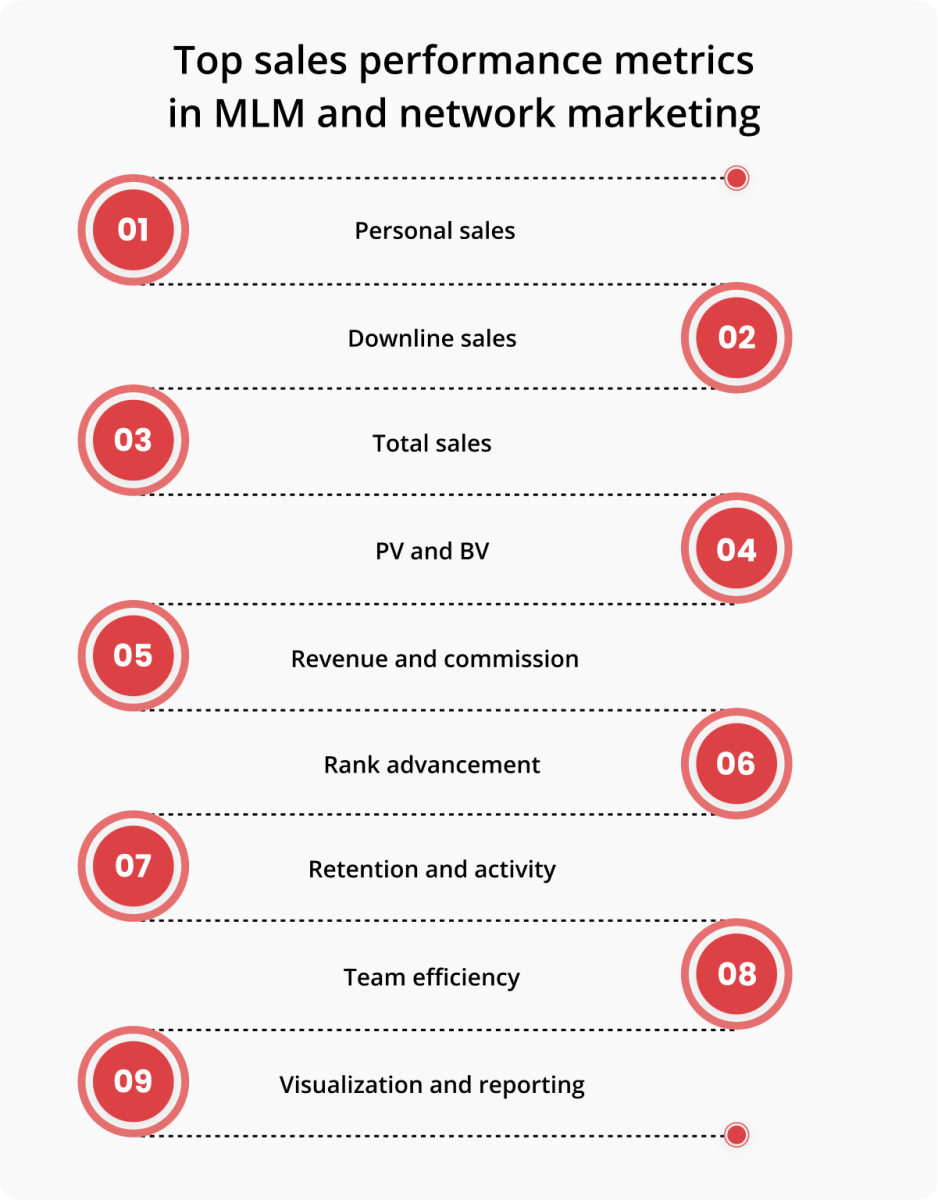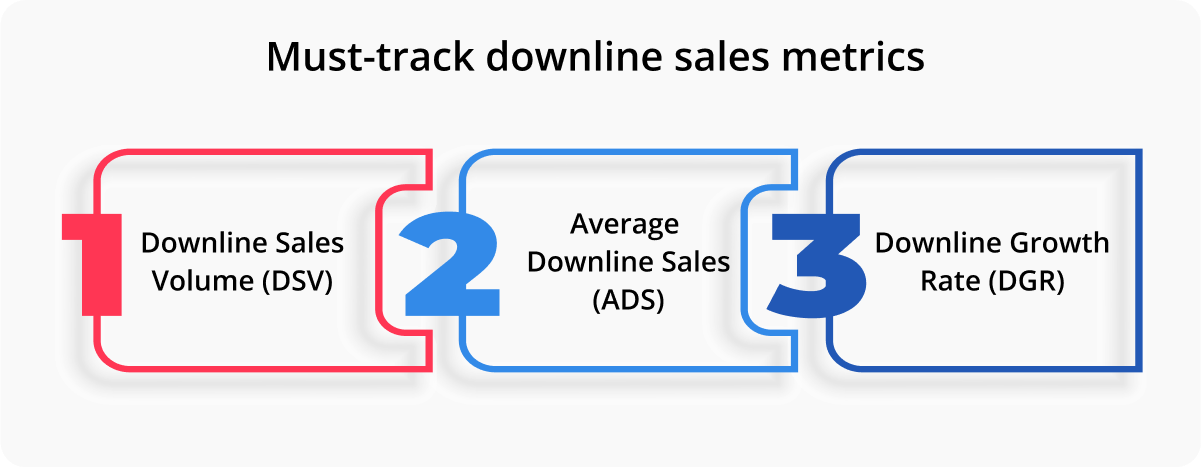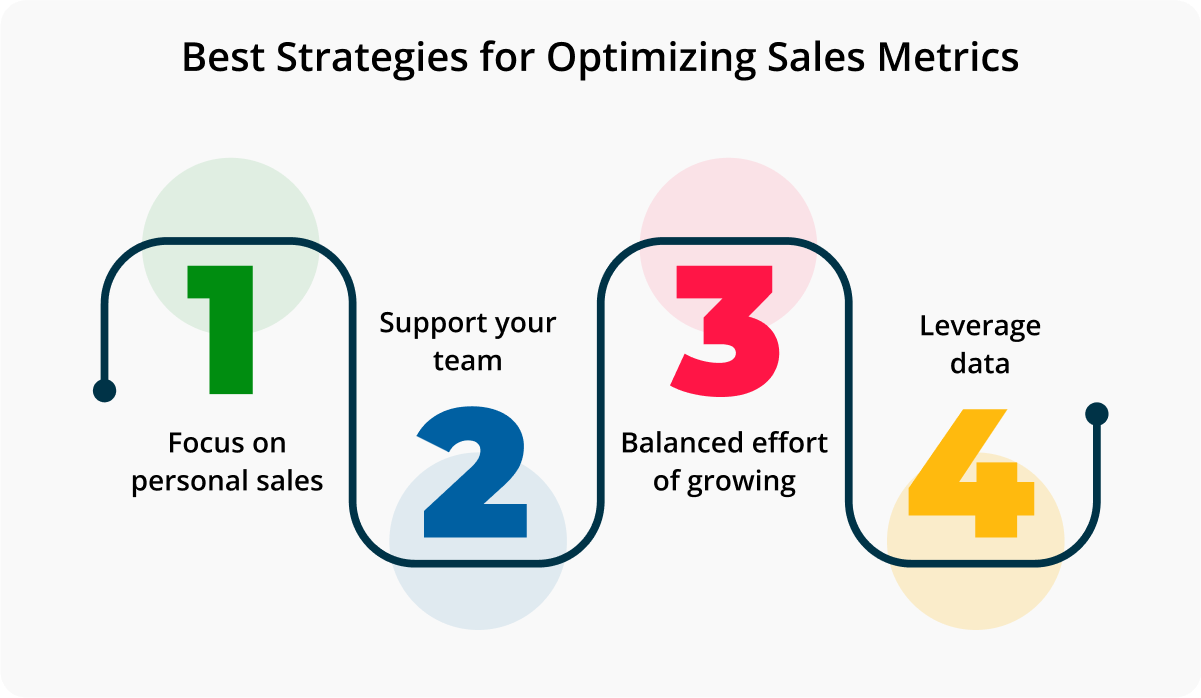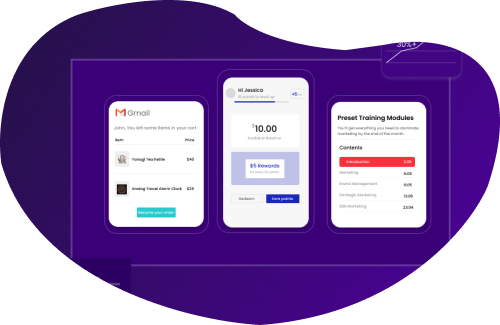Since MLM and network marketing depend on the combined efforts of independent distributors and their downlines, the performance metrics must be tracked and analyzed closely for steady growth and profitability. These performance metrics are important because they measure sales efficiency and distributor involvement and enable a business to change strategies and thereby stay financially healthy.
Advanced MLM software solutions ensure them to have an edge in terms of intuitive dashboards, real-time analytics, and automated reporting tools, thus making it easy to track performance metrics and get these companies better understand what their distributors do. They make sure the compensation structures get implemented properly which assure steady growth through improving performance. They also help these firms get their distributors to operate toward reaching their potential; in that way, they assure its objectives.
Discover how we build resilient businesses with advanced MLM functionalities
Below we have more elaborate discussions on the significant metrics that have been used in calculating the net sales for a distributor as well as their downline with the focus on base metrics being Point Value (PV) and Business Volume (BV).

1.Personal sales metrics
a. Personal Sales Volume (PSV)
Definition: All sales secured by a distributor for his or her own direct efforts including direct sales, customer buys, and so forth.
Purpose: Measures individual productivity and performance, highlighting the distributor's direct contributions.
b. Personal Average Order Value (PAOV)
Definition: The average amount spent on each order transaction of the distributor.
Calculation: Divide PSV by the number of personal transactions.
Purpose: It measures the performance of a distributor to gain more value at each sale.
2. Downline sales metrics

a. Downline Sales Volume (DSV)
Definition: Total sales of all and any distributors in a downline, can be one or more levels.
Purpose: Measure the combined effect of a distributor's network.
b. Average Downline Sales (ADS)
Definition: Average sales processed by each distributor in the downline.
Calculation: DSV / No. of active distributors in the downline.
Purpose: Measurement of productivity and efficiency by individual members in the network of a distributor.
c. Downline Growth Rate (DGR)
Definition: It is the rate of increase in sales volume within the down line during a particular period.
Calculation: ((DSV at End of Period - DSV at Start of Period) / DSV at Start of Period) × 100%
Purpose: To track recruitment and training success on the part of the network.
3. Total Sales Metrics
a. TSV(Total Sales Volume)
Definition: Total of all personal sales and downline sales.
Calculation: PSV + DSV
Purpose: It is the summary view of the total sales performance of a distributor.
b. Total Sales Growth Rate (TSGR)
Definition: The percent change in TSV over time.
Calculation: (((TSV at End of Period - TSV at Start of Period)/TSV at Start of Period) × 100%)
Purpose: Tracks the trajectory of overall sales growth or decline.
4. PV and BV Metrics
a. PV (Point Value or Personal Volume)
Definition: Measurement of the volume of sales produced directly as a result of a distributor's own effort. Each product has a point value, and total PV is the summation of all personal sales points over a given period.
Calculation: Sum up the point values of all the distributed items.
Example: If a distributor sold three products worth 10, 20, and 30 points each, then the distributor will have a PV for that period of 60 points.
Purpose: Important metric of individual sales performance, PV often determines qualification for commissions, bonuses, and rank advancements in an MLM company's rank structure.
b. BV (Bonus Volume Business Volume)
It refers to a measurement that calculates the personal sales of the distributor as well as downline sales volume.
Calculation: PV + DSV
Example: A distributor who accumulates a PV of 60 points and earns downline points of 240 points will add up to a total of 300 points BV.
Purpose: BV is the assessment of a distributor's business performance. This encompasses personal efforts and team contributions. It is used to calculate override commissions and reach higher ranks.
5. Revenue and Commission Metrics
a. Commissionable Sales Volume (CSVV)
Definition: The part of TSV that is actually paid out based on a company's compensation plan.
Purpose: It acts as the basis of computing distributor earnings.
b. Override Commission
Definition: Commissions from sales made by the distributor's downline.
Calculation: Usually a percentage of DSV, depending upon the company's compensation package.
Purpose: It grows and nourishes the networks of the distributors.
6. Rank Advancement Metrics
a. Rank Qualification Sales (RQS)
Definition: TSV or specific sales criteria that have to be reached to ensure a higher rank in the MLM structure.
Purpose: This means setting ranks for the distributors and their progressions, with associated benefits.
b. Leadership Sales Volume (LSV)
Definition: Sales volume specifically attributed to leadership positions, and as such, often balanced by personal sales and downline sales.
Purpose: This ensures that higher ranks are achieved based on both personal productivity and effective team building.
7. Retention and Activity Metrics
a. Active Downline Percentage (ADP)
Definition: Working employees percentage of the sales force.
Calculation: (Active Downline Members / Total Downline Members) × 100%
Purpose: Intended use It measures the extent of team participation and contribution.
b. Downline Churn Rate (DCR)
Definition: The rate at which the distributors leave or become inactive in the network.
Calculation: (Distributors Leaving / Total Downline Members at Beginning of Period) × 100%
Purpose: Identifies potential issues in a distributor satisfaction and retention strategy.
8. Efficiency Metrics
a. Sales per Distributor (SPD)
Definition: The average sales proceeds per distributor, taking into consideration personal downline contributions.
Calculation: TSV / Total Number of Distributors in Downline
Purpose: Measures network efficiency and productivity.
b. Conversion Rate
Definition: The percentage of recruits who go active and start producing sales.
Calculation: Active Distributors / Total Number of Recruits × 100%
Purpose: To determine recruitment and onboarding procedures' effectiveness.
9. Visualization and reporting tools
For ease and for further intensification of the analysis of the introduced metrics, most MLM companies use software providing visualization and reporting capabilities and help with the following:
Hierarchical sales distribution: Share allocation at every level of the downline.
Trend analysis: Sales time series graphs and charts over a period of time.
Performance benchmark: Individual to team performance vs. targets/ targets achieved. This aspect helps to monitor metrics involved with MLM software.
Advanced MLM software can be integrated in the systems and dramatically improve a process in monitoring and analyzing these sales metrics. It then ensures that distributors and leaders all have accurate, actionable insights through automated data collection in live reports and customizable dashboards. It enhances decision-making, promotes transparency, and also further strengthens accountability throughout your network.
Best practices to gain maximum out of sales metrics

Focus on personal sales: Strengthen customer relationships and enhance product expertise.
Support your team: Recruit motivated distributors, train them, and recognize their achievements to keep the morale up.
Balanced effort of growing: The right time devoted for individual sales and team building.
Leverage data: Track performance measures to identify trends and best-actions for changes.
With this general approach toward monitoring and leveraging sales metrics, MLM businesses can create growth, engage distributors through incentives, and develop a growing network.









Leave your comment
Fill up and remark your valuable comment.